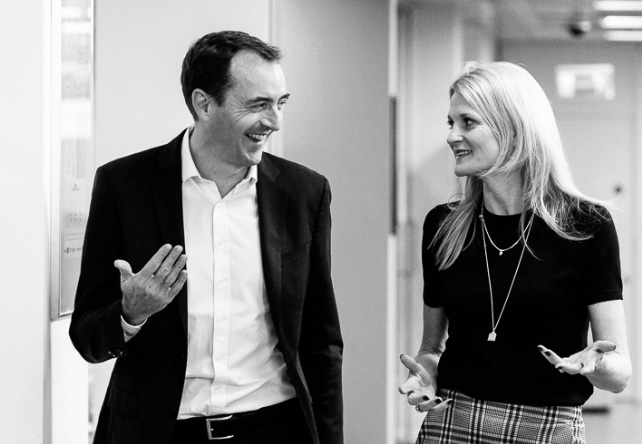It is about how we deliver the results, not just the outcome. That means embedding proven concepts such as segmentation, expanding our higher-value solutions, and driving value realisation from the PERFORM (lean) approach.
What have been the key drivers of outperformance in Japan in 2019?
The strong performance in Japan, where we grew our market share and expanded our sector-leading margins, comes from focusing on four key drivers: improving the business mix, CCPM (Client and Candidate Portfolio Management), value-based pricing and disciplined cost management.
In terms of business mix, we have been actively shifting the portfolio towards higher-value, faster-growing segments of the market, such as professional staffing and permanent placement. This has delivered strong results, including 12% organic revenue growth in 2019 in professional staffing, which is now around 30% of sales.
The Japanese market is characterised by talent scarcity. In 2019, there were 1.6 open jobs for every applicant. This scarcity is driven by demographics and changing skills requirements, and in many ways is an indication of what markets in Europe and North America might look like in 10–15 years. Talent scarcity drives client demand for permanent recruitment services, to help find hard-to-reach workers, and also for innovative models such as the augmented staffing solutions offered by our Modis VSN business. Here we not only find candidates but essentially 'create' them, taking talented individuals and training them in IT and engineering skills before deploying them to our clients. In this way we increase the employability of individuals and help fill talent gaps for businesses.
In the general staffing business (GS), we also drove good organic growth of 5%, supported by the CCPM approach and our value-based pricing strategy. CCPM provides a framework for client and candidate pipeline management, with clear goals and KPIs and data-driven performance management. It helps us to guide or salespeople and recruiters, balance supply and demand and allocate resources appropriately.
On pricing, there are two elements. First, we have become more sophisticated in our governance and tools. That means dynamically reflecting labour market trends and specifications. Second, we have worked with clients with lower gross margins to understand how we could bring additional services to add more value.
Finally, on the productivity side we have been laserfocused on balancing gross profit growth and FTE growth. We have clear criteria for making headcount investments, based on activity KPIs and our sales pipeline, and also a rigorous process for onboarding new hires and bringing them to productivity.


